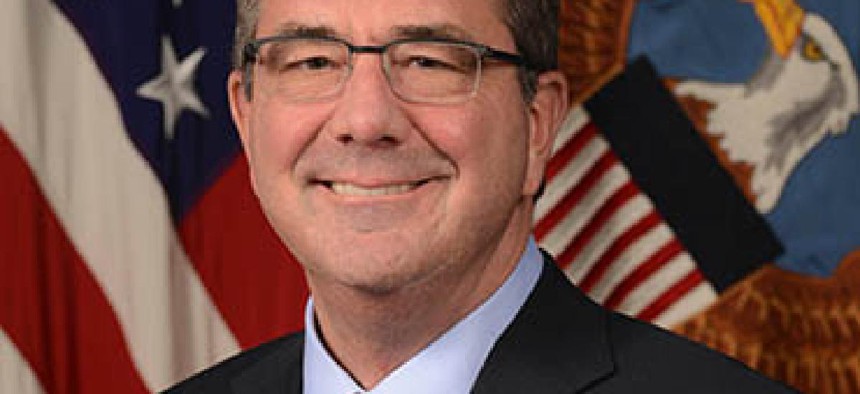DOD unveils manufacturing center at MIT

Defense Secretary Ash Carter said the advanced materials hub will be a boon for the Defense Department's application of new wearable technologies and other gadgets.

Defense Secretary Ash Carter said, "Revolutionary fibers and textiles have enormous potential for our defense mission."
The Defense Department unveiled a new manufacturing center on April 1 in partnership with the Massachusetts Institute of Technology with the aim of accelerating innovation in fibers and textiles that have defense applications.
The move is Defense Secretary Ash Carter's latest bid to get new technology into the hands of warfighters more quickly amid worries about asymmetrical threats in cyberspace and other domains.
DOD is putting $75 million toward the new institute, while a mix of private, state and other funding sources is adding nearly $250 million to the cause. A consortium of 89 universities, manufacturers and nonprofit organizations -- dubbed the Advanced Functional Fabrics of America Alliance -- will participate in the initiative.
"Revolutionary fibers and textiles have enormous potential for our defense mission," Carter said in a speech at MIT. He cited examples such as lightweight sensors that can detect tears in parachutes and uniforms with embedded electronics that can sense chemical agents.
The commercial applications of textiles could be all the more significant given the growth of the Internet of Things and wearable technologies, added Carter, a former fellow at MIT.
He began courting the private sector in earnest last year when he set up the Defense Innovation Unit Experimental in Silicon Valley. Analysts welcomed the new hub at MIT as a natural progression in Carter's private-sector outreach.
Peter Singer, a senior fellow at New America, said he was glad to see Carter's initiatives extend beyond Silicon Valley. "The most notable aspect of [Carter's] trip is that it reflects a wise move to expand these programs outside the Beltway and the Valley to the many other potential innovation clusters where stronger Pentagon outreach would be advantageous," Singer said.
However, Michael Horowitz, an associate professor at the University of Pennsylvania, told FCW that "the biggest challenge with the new MIT-based advanced materials hub, as with the recent outreach to Silicon Valley, will be follow-through, especially if a new administration with different priorities takes office."
"A critical task for Secretary Carter over the remainder of the Obama administration will be continuing to institutionalize the Defense Department's commitment to and investment in innovation," Horowitz added.
The new MIT center is one of several manufacturing hubs set up by the Obama administration, which has sought to revitalize the U.S. manufacturing sector in a variety of ways.
Carter has been bullish on the Pentagon's ability to invest in futuristic technologies. The department's fiscal 2017 budget proposal includes $71.4 billion for research and development, which he said was more than double what Apple, Intel and Google spent last year on R&D combined.





